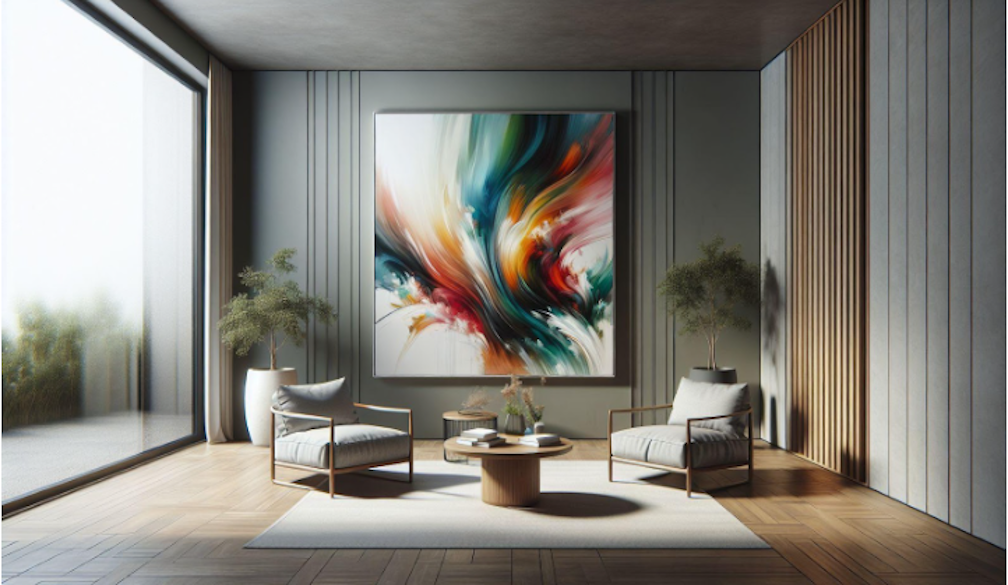The impact of visual art on mental health and productivity

In a world where stress and anxiety often take center stage, the presence of visual art in our daily environments offers a quiet yet profound counterbalance. Posters and paintings are not just decorative objects; they are tools that can significantly enhance our mental health and well-being. Imagine walking into a room adorned with vibrant colors and evocative images—does it not spark a sense of joy or calm? This is the transformative power of visual art.
The relationship between art and mood is nuanced. Art can evoke a range of emotions, from serenity to excitement, providing a mental escape from the mundane. It acts as a silent companion, offering solace and inspiration. The presence of art in living spaces has been shown to influence mood and creativity, setting the stage for a deeper understanding of its psychological benefits. But how exactly does art achieve this? And what does science say about the impact of visual art on our mental health?
Scientific insights into art's impact on mental health
The connection between art and mental health is not just anecdotal; it is backed by scientific research. Studies have consistently highlighted the positive effects of visual art on mental well-being. According to the Journal of Positive Psychology, engaging with art can lead to increased happiness and reduced levels of anxiety. But it's not just about looking at art—it's about experiencing it.
Research from the University of Westminster found that participants who spent just 35 minutes in an art gallery reported a significant decrease in stress levels. This finding underscores the potential of art to act as a therapeutic tool. The National Endowment for the Arts has also emphasized art's role in improving community livability, suggesting that art can foster a sense of belonging and enhance social cohesion.
These studies reveal that art is more than just a visual experience; it is a catalyst for emotional and psychological change. By integrating art into our daily lives, we can tap into its potential to improve mental health and well-being.
Art as a catalyst for stress reduction and emotional well-being
The impact of art on stress reduction is particularly noteworthy. Brief interactions with art can significantly lower stress levels and enhance positive emotions. A study published in the journal Arts & Health found that viewing art can lead to a reduction in cortisol levels, the hormone associated with stress. This physiological response suggests that art can have a tangible effect on our bodies, promoting relaxation and well-being.
Moreover, art can serve as a means of emotional expression. For individuals struggling with mental health issues, art provides a non-verbal outlet for emotions that might otherwise remain unexpressed. This emotional release can lead to improved mood and a greater sense of emotional balance.
The implications of these findings are profound. By incorporating art into everyday spaces, we can create environments that support emotional well-being and resilience.
Enhancing productivity and creativity through art
Art is not just beneficial for mental health; it can also boost productivity and creativity in workspaces. Research from the journal Environment and Behavior found that employees working in art-enriched environments reported higher levels of productivity and creativity. The presence of art in the workplace can stimulate innovative thinking and problem-solving, leading to enhanced performance.
The potential benefits of art in workspaces extend beyond individual productivity. Art can foster a sense of community and collaboration, creating a more cohesive and supportive work environment. By integrating art into workplace design, organizations can create spaces that inspire and motivate employees.
These findings highlight the importance of considering art as a key element in workplace design. By creating environments that support creativity and productivity, organizations can foster a culture of innovation and success.









